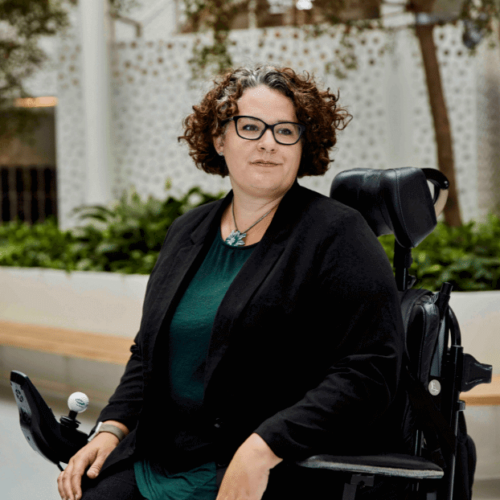
Sif Holst
@sifholst
sifholst.dk
images:
Selma Björk Kristjánsdóttir
@selmabjorkillustration
Shop
When I was a young woman, I learned that I had to be aware of how I dressed, acted, and spoke. I learned that if I wanted to succeed as a young politician, and get any kind of influence, I should be less like the woman I was and be more like a man. I was taught the value of pants instead of dresses, how to promote yourself and what not to do.
In my early twenties, my health deteriorated, and I learned that I had a disability. I had to learn to deal with pain, with fatigue, with a feeling of a body failing me.
I also came to realize that a disability is also something you should downplay if you want to succeed. That your surroundings and society often non-consciously evaluate you on how normal you seem and what you do. One of my earlier experiences was me, sitting in a bar, looking good, my disability is only visible when I use my wheelchair, and then when a guy who chatted me up, learned I was on early retirement due to a disability, he quickly disappeared.
A few years later, when I wanted to return to work, I was told by the municipal job consultant, that If I lost the job, I had been offered, I should know, that no one would hire me again. Since then I have held two other jobs, and I am now the vice-chair of Disabled People’s Organisations Denmark. I serve on many boards and committees, and have been nominated by the Danish Government to the UN CRPD Committee.
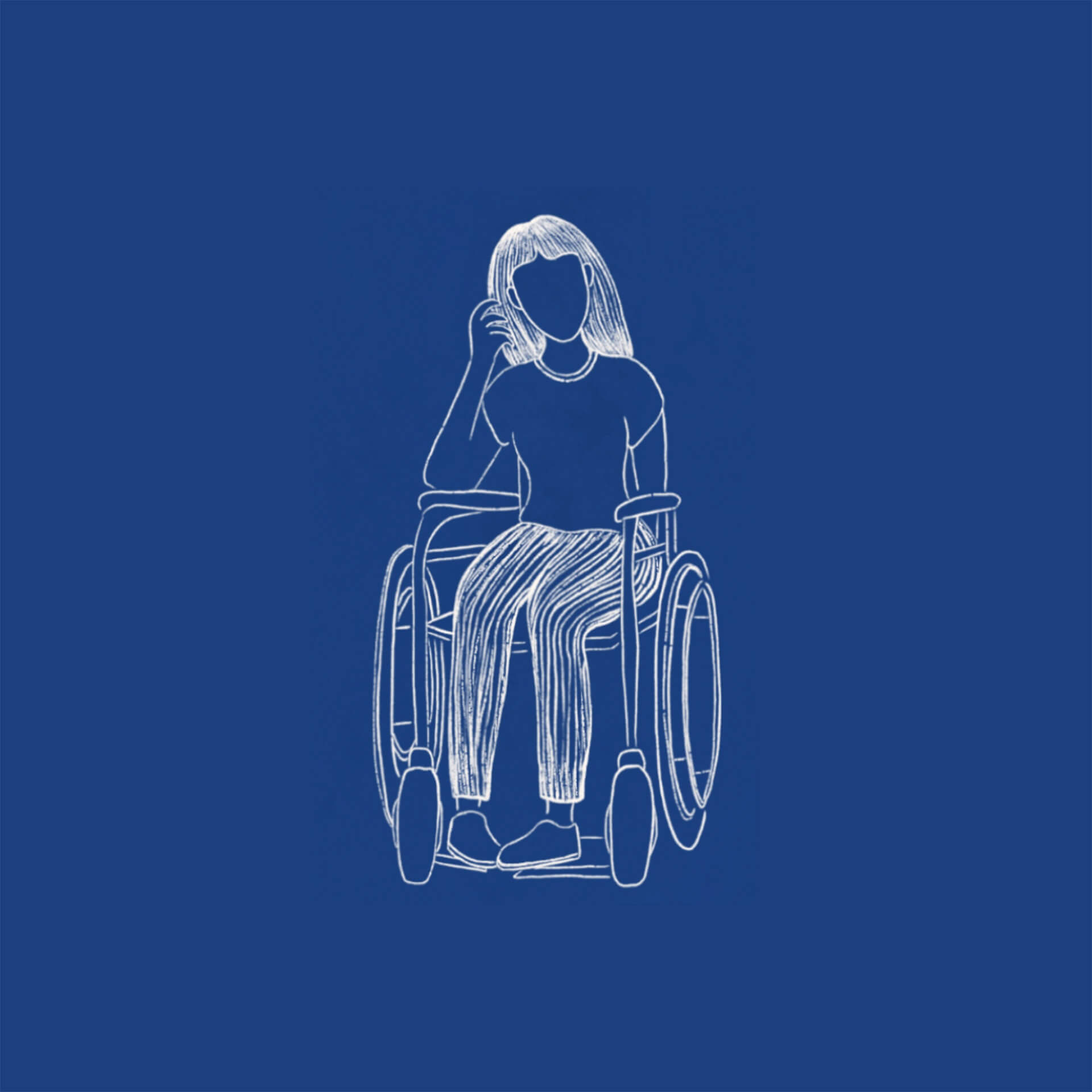
The values we are taught
We are taught by our culture to be like a (white) man, a man with a good job, ambitious, active, self-assured and able to achieve (and buy) anything he wants. This is what flawless looks like, what we should strive for.
We value those who have a job, a family and who function normally, that is, within our society’s norms. It makes life even more difficult for people who look different due to a disability or who act differently, for example, people reacting to internal voices or people with invisible disabilities, who are not able to work.
As a person with a disability, you even experience parents teaching their children not to look or talk to you. And the more different you look or act, the more pronounced this becomes.
Recognizing ability
Many women go unrecognized, as do people with disabilities (and other marginalized groups). In 2017 there was a focus in the USA on the saving of the Affordable Care Act and a lot of the honour went to the Republican Senator John McCain, but there was little or no recognition to the disability activists who had long demonstrated on the streets and through sit-ins, including at the office of Senator McCain.
A little closer to home, the Central Disability Council of Denmark asked employers if they, in the light of the recent experience with many working from home, would be likely to employ a person who should fully or partially work from home. 59% of the employers answered, that it was likely. But if they were told that their potential employee had a physical disability only 31%, answered that they likely would employ that person – and if the potential employee had a psychosocial disability the number dropped to only 20%.
Internationally many disability activists use the term “ableism”, a phrase similar to the term “sexism” or “racism”. But with ableism, it doesn’t refer to judging people on their gender or ethnic background, but on what we perceive as ability and an understanding of how bodies and minds should look and function.
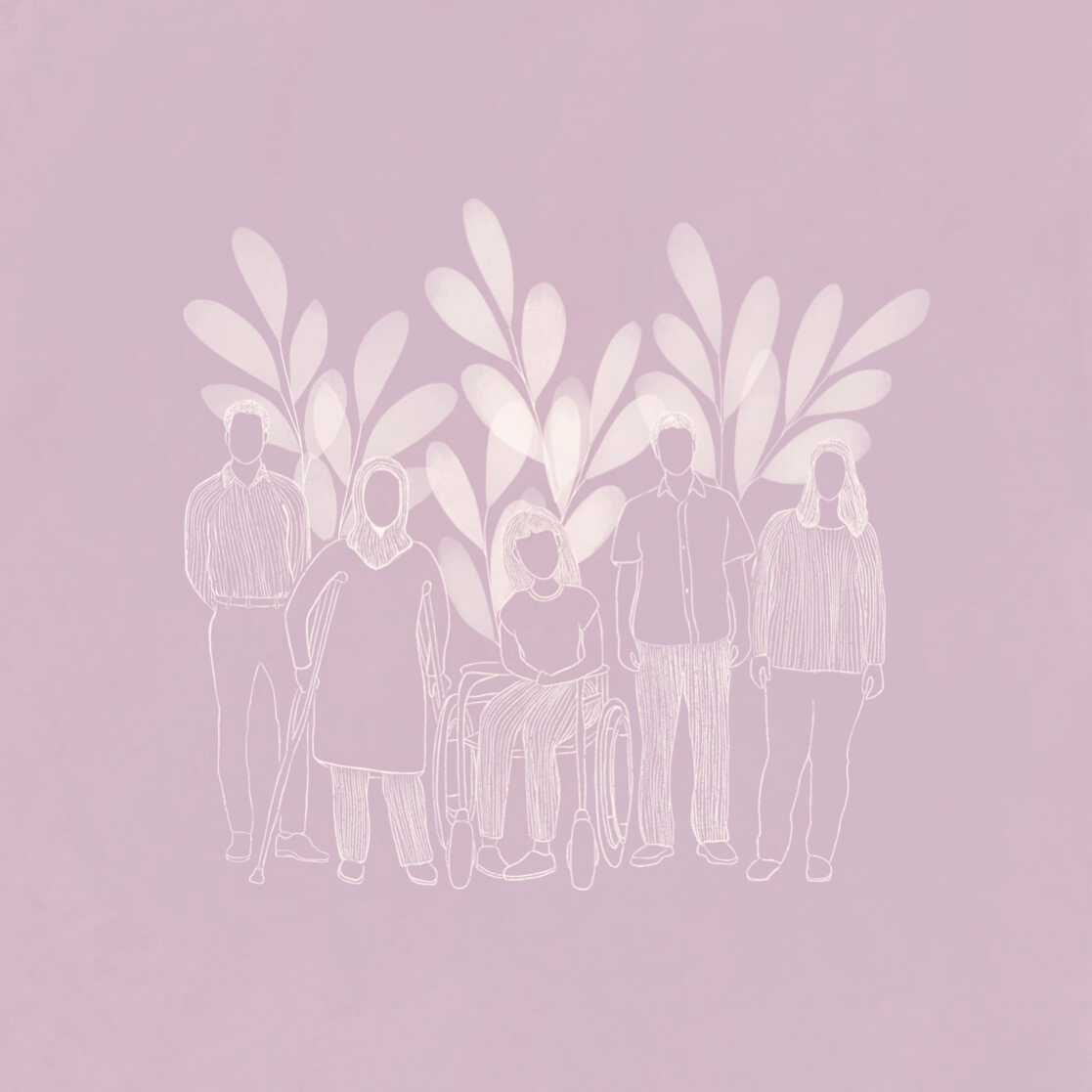

The value of diversity
We are taught that the ideal is to be flawless, to have a perfect life, the perfect body, and the perfect mind. And when we are less than flawless, we should fight to improve ourselves or try to hide our flaws.
But what will happen if we change the story, if we begin celebrating our differences?
A 2018 report made by Accenture Research showed that: “companies that embrace best practices for employing and supporting more persons with disabilities in their workforce have outperformed their peers”. Just as we have long known that diversity in general is a bonus for companies.
Maybe we could achieve a healthier system for our students if we created a culture with less focus on being flawless and changed how we created inclusiveness. For example by drawing inspiration from the NEST classes where children with diagnoses such as autism thrive together with the other children.
And we could even celebrate people with a disability in arts and culture.
Why do we have non-disability actors playing the part of persons with disabilities, while we almost never see actors with disability playing the role of a colleague, a friend, or a spouse? If we see actors with disabilities, the focus is often just on the disability.
A difficult path
I am proud to be a woman with a disability, despite what I have been taught by society. And yet every time I struggle with a migraine, I try to hide it away, when I have a period when my body struggles, I will never excuse myself from work. I am happy to talk about all I am able to do but hesitate when it comes to talking about how I am disabled, flawed.
We make excuses, refuse to acknowledge the seriousness, the permanent nature. We struggle to hold on, to perform, to be accepted. While some disabilities are visible, others can be hidden and we often distinguish between a disability and a chronic illness, even though chronic illnesses can be just as disabling as the more visible disabilities.
Do you know anyone with a disability? From Danish studies, we know that over 20% of the population have a disability, some of them due to age, some visible, but others might be your aunt, your colleague, or your friend, who just aren’t talking about it.
We need a change. I am a woman with a disability, I am proud of it, even though I am taught not to be.
We can make a change. If we work together.
Do you support Vía?
Vía counts on your support. By subscribing to Vía you contribute to the future of a medium that specializes in, and puts emphasis on equality and diversity.
Vía, formerly known as Flóra, was founded 4 years ago for critical readers that want to dive underneath the superficial layer of social discussion and see it from an equality, inclusion, and diversity perspective.
From the beginning, Vía has covered urgent societal topics and published issues and articles that have shone a light on inequality, prejudice, and violence that exist in all layers of society.
We emphasize publishing stories from people with lived experiences of marginalization.
Every contribution, big and small, enables us to continually produce content aimed to educate and shine a light on hidden inequalities in society, and is essential for our continuing work.
Support Vía
En fejlfri kultur: Handicap, ableisme og sletning i Norden
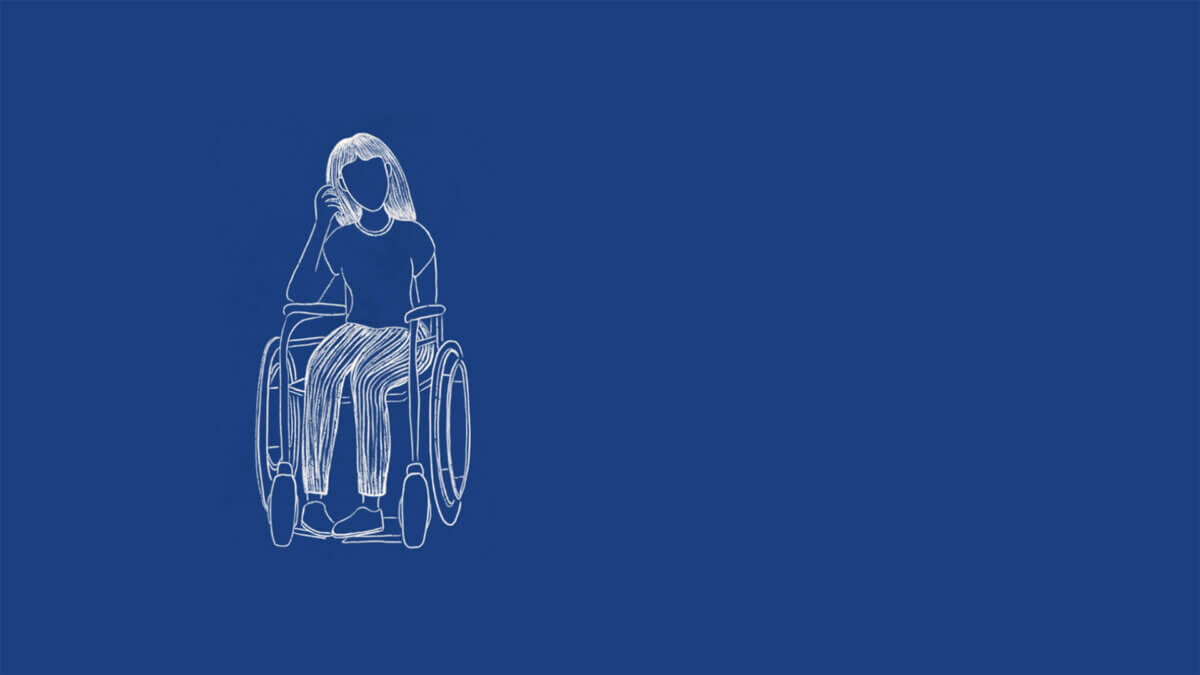
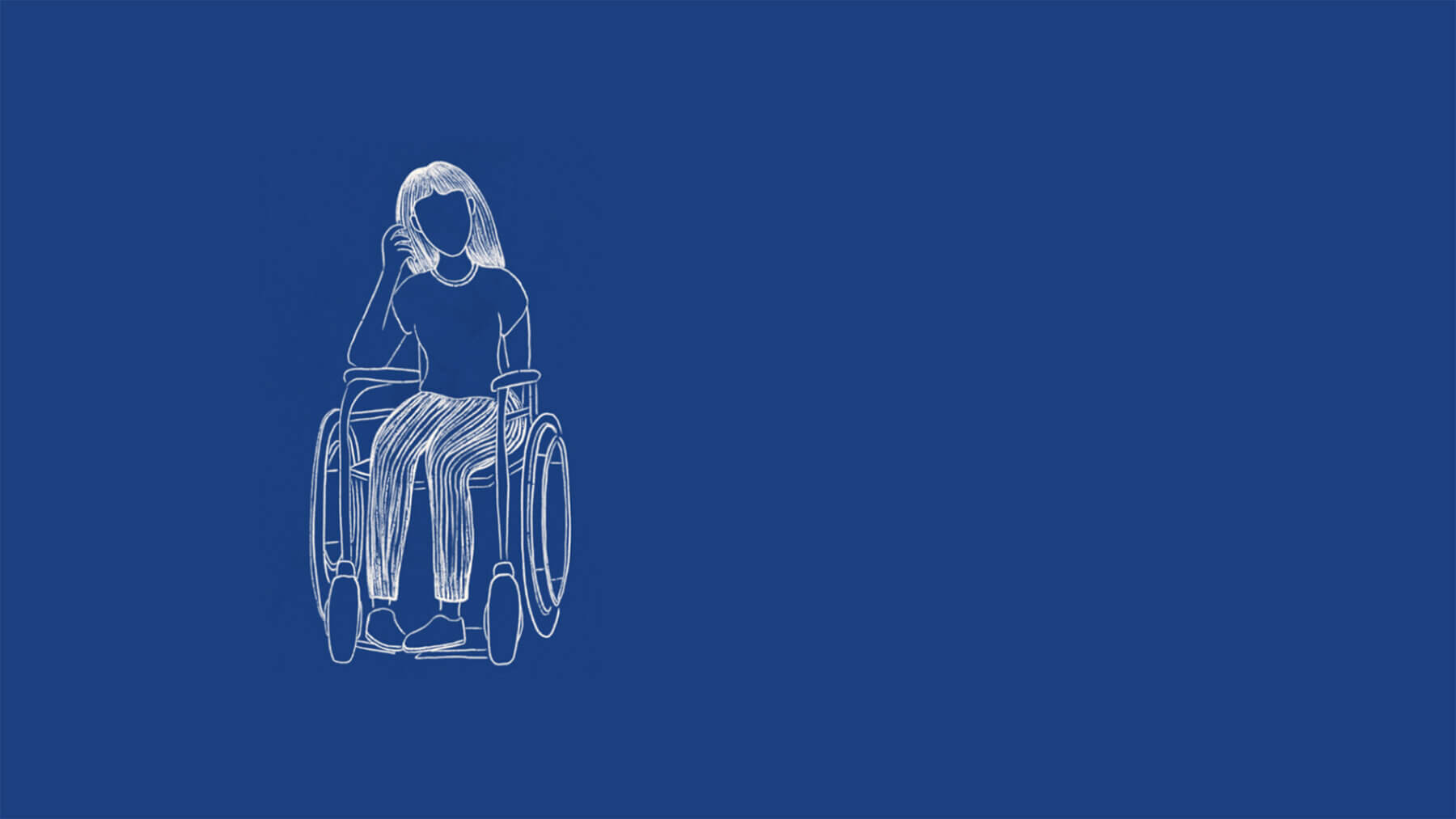
My Right to Exist
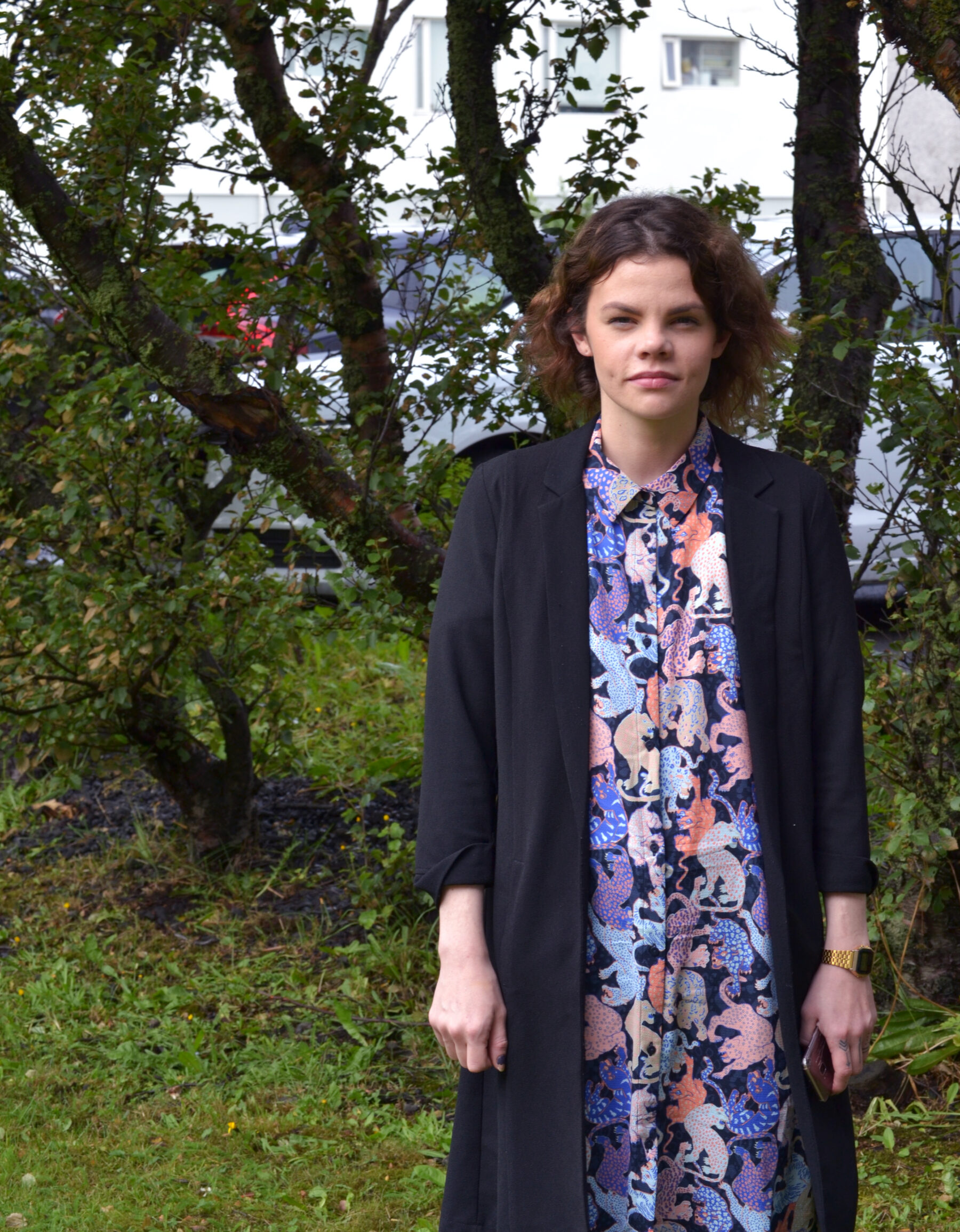

It is Not Enough to Fight for Partial Equality
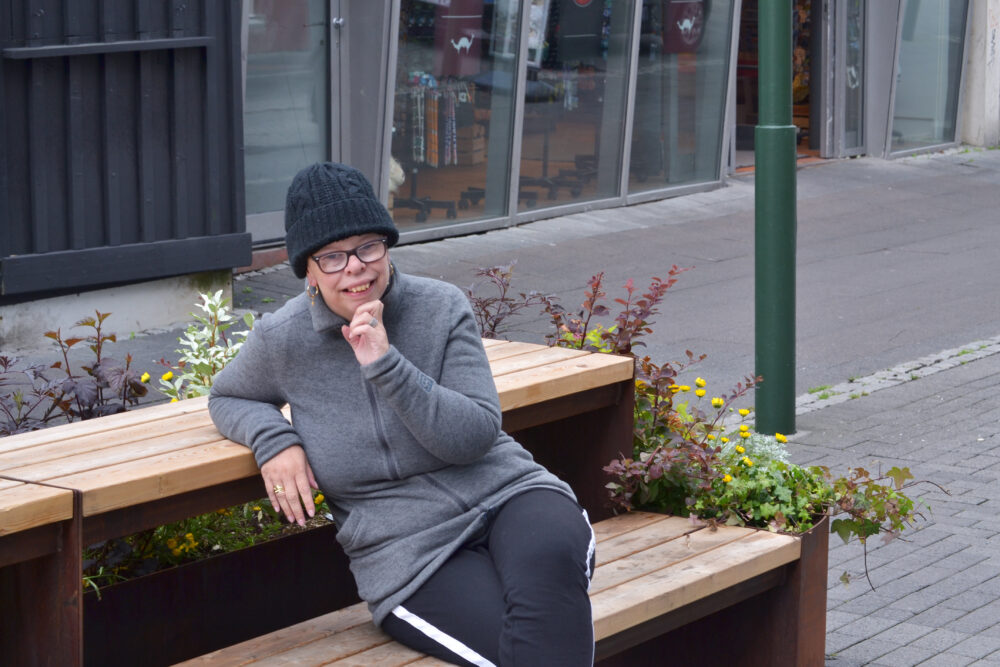
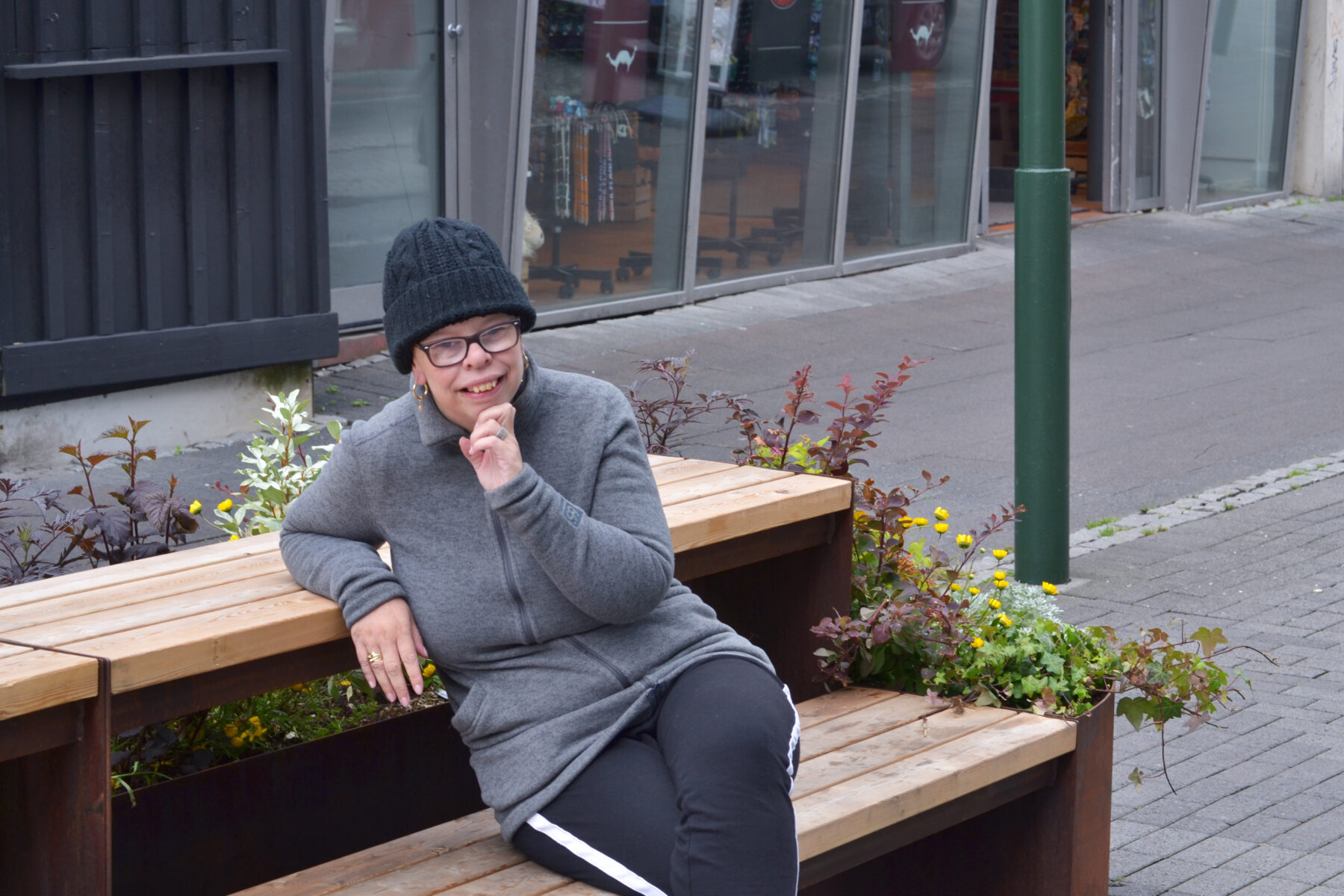
Aktiv og Passiv magt: Har kunden altid ret?
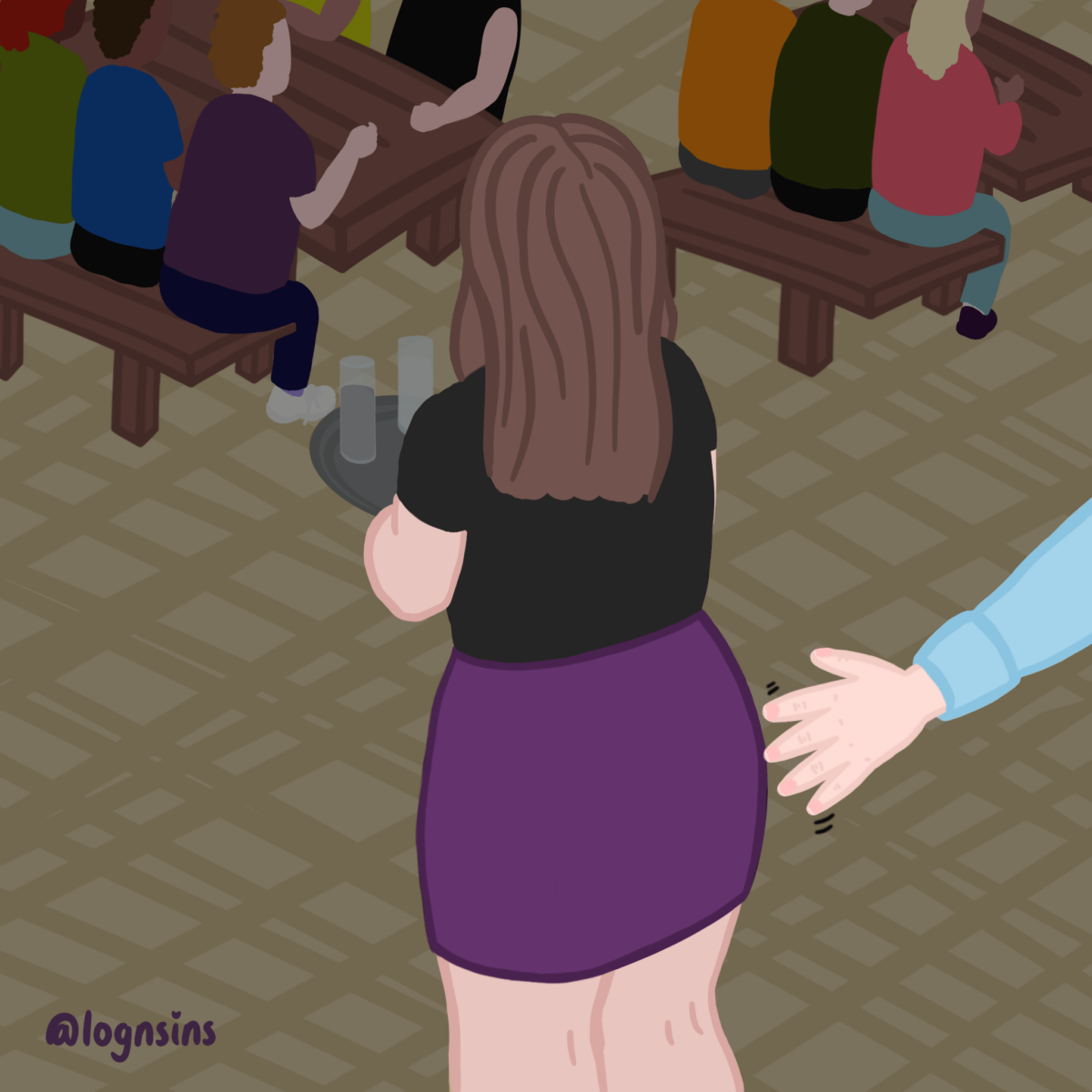
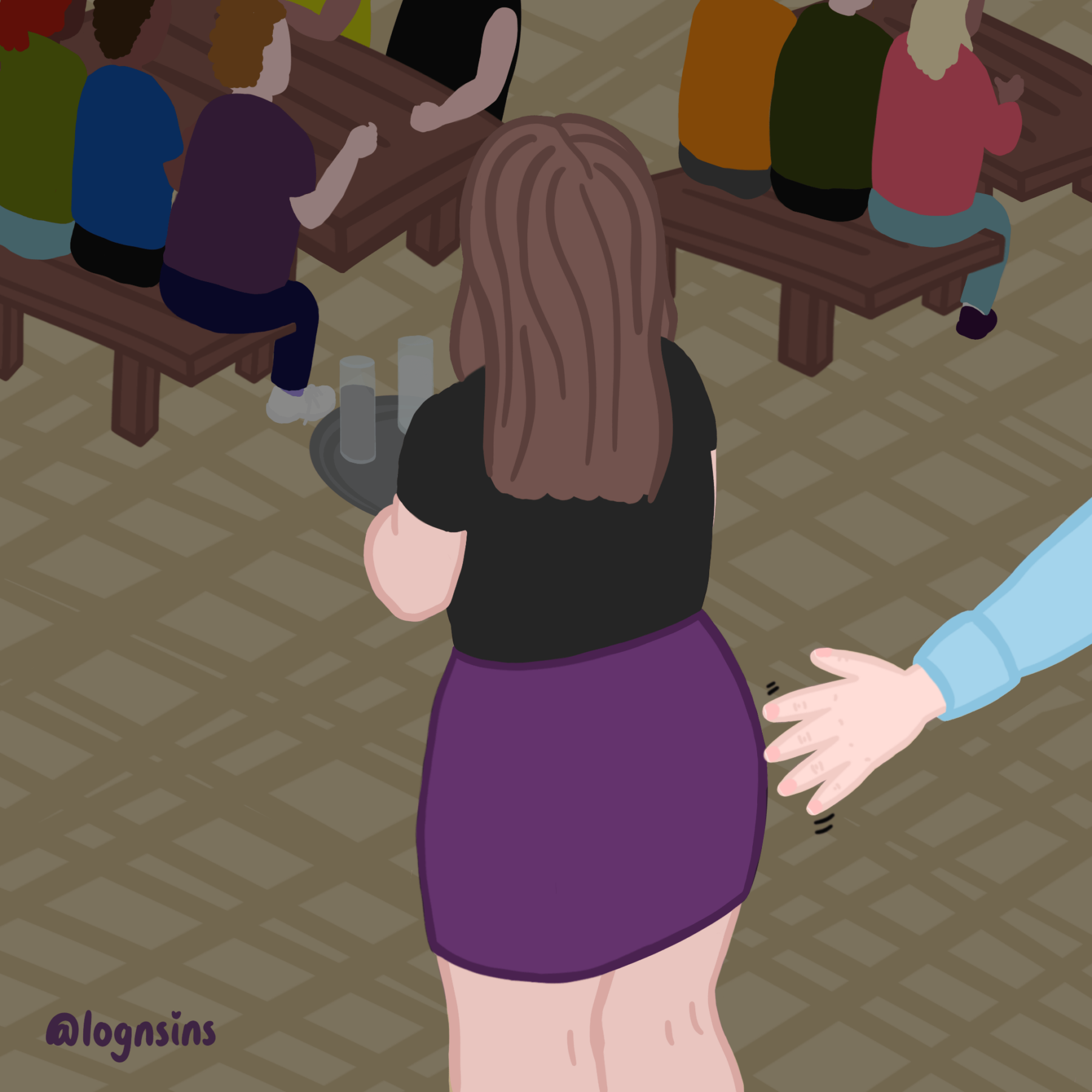
Read more about...